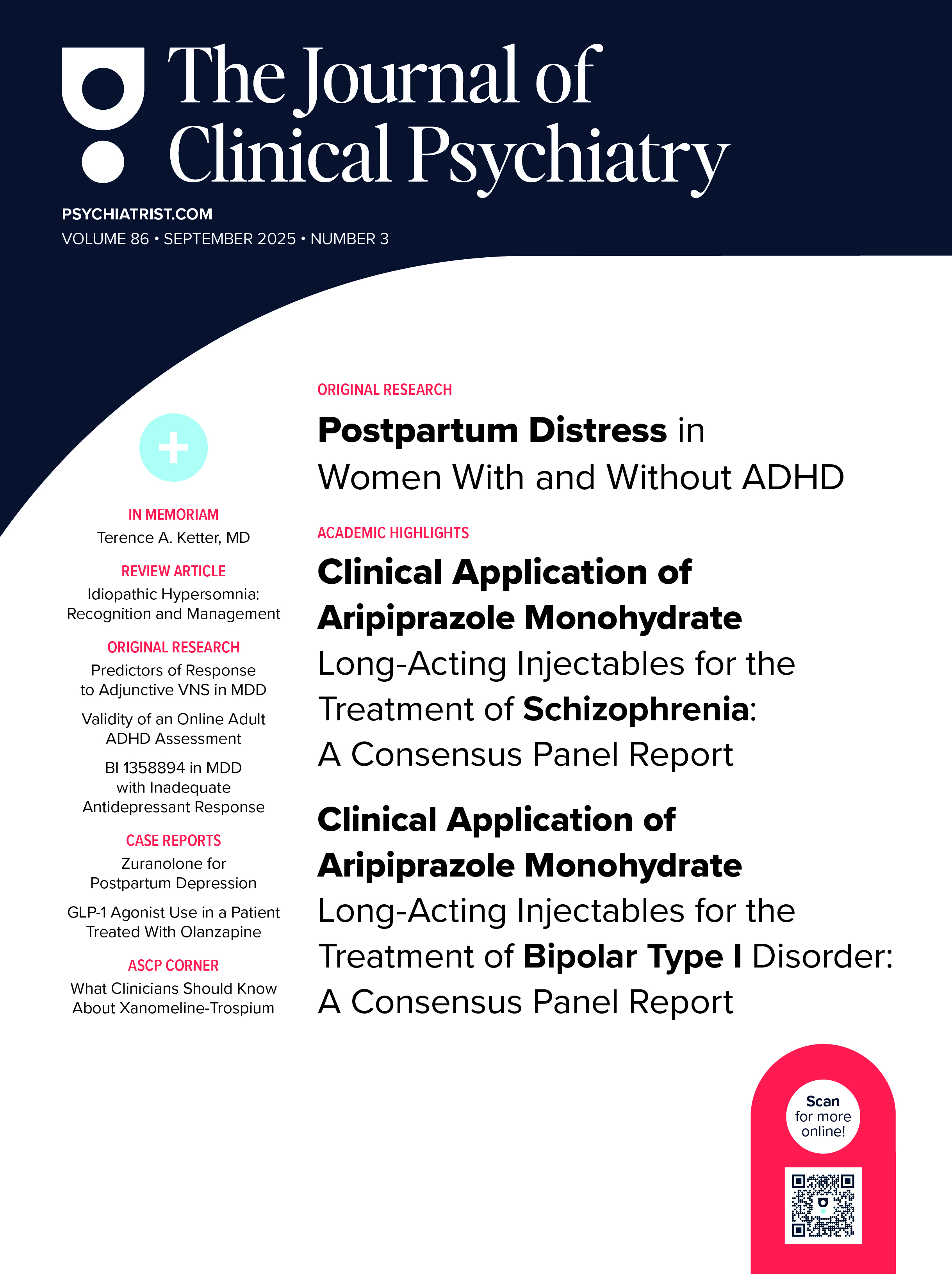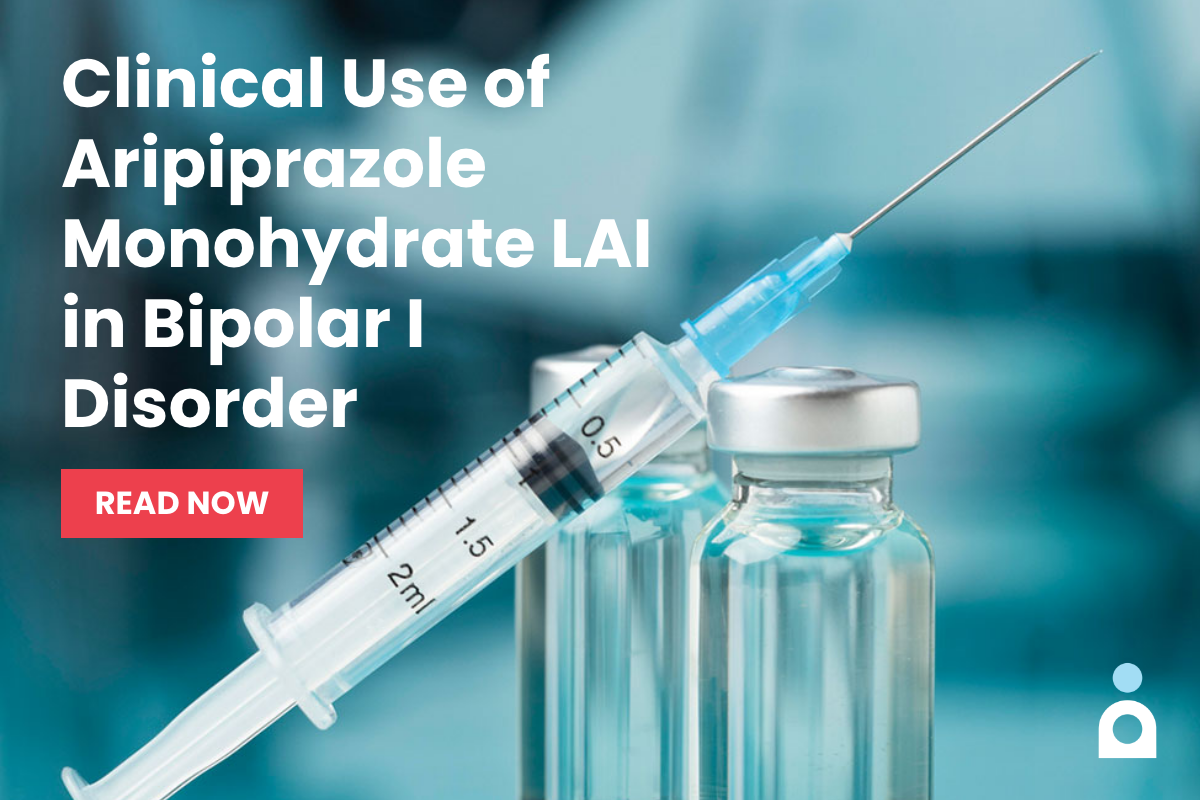
ABSTRACT
Objective: Parental serious mental illness (SMI) is associated with childhood injury. This study investigated whether child injury risk differs according to which parent is affected, SMI diagnosis, or timing of SMI onset.
Methods: This cohort study included 1,999,322 singletons born in 2004–2014 identified from the national Taiwanese registries. General estimating equation Poisson models were used to estimate incidence rate ratios (IRRs) of injury events and hospitalizations before the age of 5 years among children according to which parent was affected, SMI diagnosis (schizophrenia [ICD-9-CM codes: 295, 297, 298.3, 298.4, 298.9], bipolar disorder [296.00–296.16, 296.40–296.81, 296.89–296.99, 298.1, 648.4], or major depressive disorder [MDD; 296.20–296.36, 296.82, 298.0]), and timing of diagnosis (before or after childbirth, as a proxy of timing of onset). Data analysis was performed on data obtained from April 20, 2017, to May 6, 2020.
Results: Relative to unexposed children, the IRRs of injury hospitalizations for children with two SMI-affected parents, maternal SMI only, and paternal SMI only were 1.85 (95% CI, 1.38–2.48), 1.58 (95% CI, 1.48–1.68), and 1.34 (95% CI, 1.23–1.46), respectively. The IRRs of injury hospitalizations for maternal schizophrenia, bipolar disorder, and MDD were 2.09 (95% CI, 1.82–2.40), 1.77 (95% CI, 1.56–2.00), and 1.38 (95% CI, 1.26–1.50), respectively. The IRRs for paternal schizophrenia, bipolar disorder, and MDD were 1.39 (95% CI, 1.20–1.60), 1.61 (95% CI, 1.39–1.87), and 1.19 (95% CI, 1.05–1.36), respectively. The magnitude of excess risk was similar for children whose parent(s) experienced SMI diagnosed before and after childbirth.
Conclusions: We found children with two SMI-affected parents or at least one parent with schizophrenia or bipolar disorder to be at greatest risk of severe injury requiring hospitalization. These parents may benefit from extra parenting support and injury prevention coaching.
Members Only Content
This full article is available exclusively to Professional tier members. Subscribe now to unlock the HTML version and gain unlimited access to our entire library plus all PDFs. If you’re already a subscriber, please log in below to continue reading.
References (39)

- Yang S-W, Kernic MA, Mueller BA, et al. Association of parental mental illness with child injury occurrence, hospitalization, and death during early childhood. JAMA Pediatr. 2020;174(8):e201749. PubMed CrossRef
- Pierce M, Abel KM, Muwonge J Jr, et al. Prevalence of parental mental illness and association with socioeconomic adversity among children in Sweden between 2006 and 2016: a population-based cohort study. Lancet Public Health. 2020;5(11):e583–e591. PubMed CrossRef
- Pierce M, Hope HF, Kolade A, et al. Effects of parental mental illness on children’s physical health: systematic review and meta-analysis. Br J Psychiatry. 2020;217(1):354–363. PubMed CrossRef
- Stein A, Pearson RM, Goodman SH, et al. Effects of perinatal mental disorders on the fetus and child. Lancet. 2014;384(9956):1800–1819. PubMed CrossRef
- Benjet C, Azar ST, Kuersten-Hogan R. Evaluating the parental fitness of psychiatrically diagnosed individuals: advocating a functional-contextual analysis of parenting. J Fam Psychol. 2003;17(2):238–251. PubMed CrossRef
- Dolman C, Jones I, Howard LM. Pre-conception to parenting: a systematic review and meta-synthesis of the qualitative literature on motherhood for women with severe mental illness. Arch Women Ment Health. 2013;16(3):173–196. PubMed CrossRef
- Peden M, Oyegbite K, Ozanne-Smith J, et al. World Report on Child Injury Prevention. World Health Organization website. https://apps.who.int/iris/bitstream/handle/10665/43851/9789241563574_eng.pdf?sequence=1. 2008. Accessed April 12, 2019.
- Hosman CMH, van Doesum KTM, van Santvoort F. Prevention of emotional problems and psychiatric risks in children of parents with a mental illness in the Netherlands, I: the scientific basis to a comprehensive approach. Aust e-Journal Adv Ment Health. 2009;8(3):):250–263. CrossRef
- Davidsen KA, Munk-Laursen T, Foli-Andersen P, et al. Mental and pediatric disorders among children 0–6 years of parents with severe mental illness. Acta Psychiatr Scand. 2022;145(3):244–254. PubMed CrossRef
- Nevriana A, Pierce M, Dalman C, et al. Association between maternal and paternal mental illness and risk of injuries in children and adolescents: nationwide register based cohort study in Sweden. BMJ. 2020;369:m853. PubMed CrossRef
- Foster K, Young A, Mitchell R, et al. Experiences and needs of parents of critically injured children during the acute hospital phase: a qualitative investigation. Injury. 2017;48(1):114–120. PubMed CrossRef
- Wade SL, Taylor HG, Drotar D, et al. Long-term family adaptation following pediatric brain injury. J Dev Behav Pediatr. 2011;22(5):347. CrossRef
- Abel KM, Hope H, Faulds A, et al. Promoting resilience in children and adolescents living with parental mental illness (CAPRI): children are key to identifying solutions. Br J Psychiatry. 2019;215(3):1–3. PubMed CrossRef
- Spady DW, Saunders DL, Schopflocher DP, et al. Patterns of injury in children: a population-based approach. Pediatrics. 2004;113(3):522–529. PubMed CrossRef
- Liu C-Y, Hung Y-T, Chuang Y-L, et al. Incorporating development stratification of Taiwan Townships into sampling design of large scale Health Interview Survey. J Health Manag. 2006;4(1):1–22.
- Miglioretti DL, Heagerty PJ. Marginal modeling of nonnested multilevel data using standard software. Am J Epidemiol. 2007;165(4):453–463. PubMed CrossRef
- Diggle P, Heagerty P, Liang K-Y, et al. Analysis of Longitudinal Data. 2nd ed. Oxford University Press; 2013. https://global.oup.com/academic/product/analysis-of-longitudinal-data-9780199676750?facet_narrowbybinding_facet=Ebook&lang=en&cc=us. Accessed May 15, 2016. >
- Base SAS 9.4 Procedures Guide: Statistical Procedures. 6th ed. SAS Institute Inc; 2016. https://documentation.sas.com/api/collections/pgmsascdc/9.4_3.5/docsets/procstat/content/procstat.pdf?locale=en#nameddest=titlepage.
- Ranning A, Munk Laursen T, Thorup A, et al. Serious mental illness and disrupted caregiving for children: a nationwide, register-based cohort study. J Clin Psychiatry. 2015;76(8):e1006–e1014. PubMed CrossRef
- Chen Y-H, Chiou H-Y, Tang C-H, et al. Risk of death by unnatural causes during early childhood in offspring of parents with mental illness. Am J Psychiatry. 2010;167(2):198–205. PubMed CrossRef
- Webb RT, Abel KM, Pickles AR, et al. Mortality risk among offspring of psychiatric inpatients: a population-based follow-up to early adulthood. Am J Psychiatry. 2006;163(12):2170–2177. PubMed CrossRef
- Ranning A, Munk Laursen T, Thorup A, et al. Children of parents with serious mental illness: with whom do they grow up? a prospective, population-based study. J Am Acad Child Adolesc Psychiatry. 2016;55(11):953–961. PubMed CrossRef
- O’Donoghue B, Lyne JP, Renwick L, et al. Neighbourhood characteristics and the incidence of first-episode psychosis and duration of untreated psychosis. Psychol Med. 2016;46(7):1367–1378. PubMed CrossRef
- Wang PS, Angermeyer M, Borges G, et al. Delay and failure in treatment seeking after first onset of mental disorders in the World Health Organization’s World Mental Health Survey Initiative. World Psychiatry. 2007;6(3):177–185. PubMed
- Wang PS, Berglund P, Olfson M, et al. Failure and delay in initial treatment contact after first onset of mental disorders in the National Comorbidity Survey Replication. Arch Gen Psychiatry. 2005;62(6):603–613. PubMed CrossRef
- Greer TL, Kurian BT, Trivedi MH. Defining and measuring functional recovery from depression. CNS Drugs. 2010;24(4):267–284. PubMed CrossRef
- Lovejoy MC, Graczyk PA, O’Hare E, et al. Maternal depression and parenting behavior: a meta-analytic review. Clin Psychol Rev. 2000;20(5):561–592. PubMed CrossRef
- Baker-Henningham H, Powell C, Walker S, et al. The effect of early stimulation on maternal depression: a cluster randomised controlled trial. Arch Dis Child. 2005;90(12):1230–1234. PubMed CrossRef
- Leis JA, Mendelson T, Tandon SD, et al. A systematic review of home-based interventions to prevent and treat postpartum depression. Arch Women Ment Health. 2009;12(1):3–13. PubMed CrossRef
- Kessler ML, Ackerson BJ. Wraparound services: an effective intervention for families impacted by severe mental illness. J Fam Soc Work. 2005;8(4):29–45. CrossRef
- Weitoft GR, Hjern A, Haglund B, et al. Mortality, severe morbidity, and injury in children living with single parents in Sweden: a population-based study. Lancet. 2003;361(9354):289–295. PubMed CrossRef
- Chien I-C, Chou Y-J, Lin C-H, et al. Prevalence of psychiatric disorders among National Health Insurance enrollees in Taiwan. Psychiatr Serv. 2004;55(6):691–697. PubMed CrossRef
- Liao S-C, Chen WJ, Lee M-B, et al. Low prevalence of major depressive disorder in Taiwanese adults: possible explanations and implications. Psychol Med. 2012;42(6):1227–1237. PubMed CrossRef
- Sørensen HT, Sabroe S, Olsen J. A framework for evaluation of secondary data sources for epidemiological research. Int J Epidemiol. 1996;25(2):435–442. PubMed CrossRef
- Smith P, Morrow R, Ross D, eds. Outcome measures and case definition. In: Field Trials of Health Interventions. 3rd ed. Oxford (UK): OUP Oxford; 2015:198–215. doi:10.1093/med/9780198732860.003.0012
- Paschetta E, Berrisford G, Coccia F, et al. Perinatal psychiatric disorders: an overview. Am J Obstet Gynecol. 2014;210(6):501–509.e6. PubMed CrossRef
- Paulson JF, Bazemore SD. Prenatal and postpartum depression in fathers and its association with maternal depression: a meta-analysis. JAMA. 2010;303(19):1961–1969. PubMed CrossRef
- Valdimarsdóttir U, Hultman CM, Harlow B, et al. Psychotic illness in first-time mothers with no previous psychiatric hospitalizations: a population-based study. PLoS Med. 2009;6(2):e1000013. PubMed CrossRef
- Vesga-López O, Blanco C, Keyes K, et al. Psychiatric disorders in pregnant and postpartum women in the United States. Arch Gen Psychiatry. 2008;65(7):805–815. PubMed CrossRef




